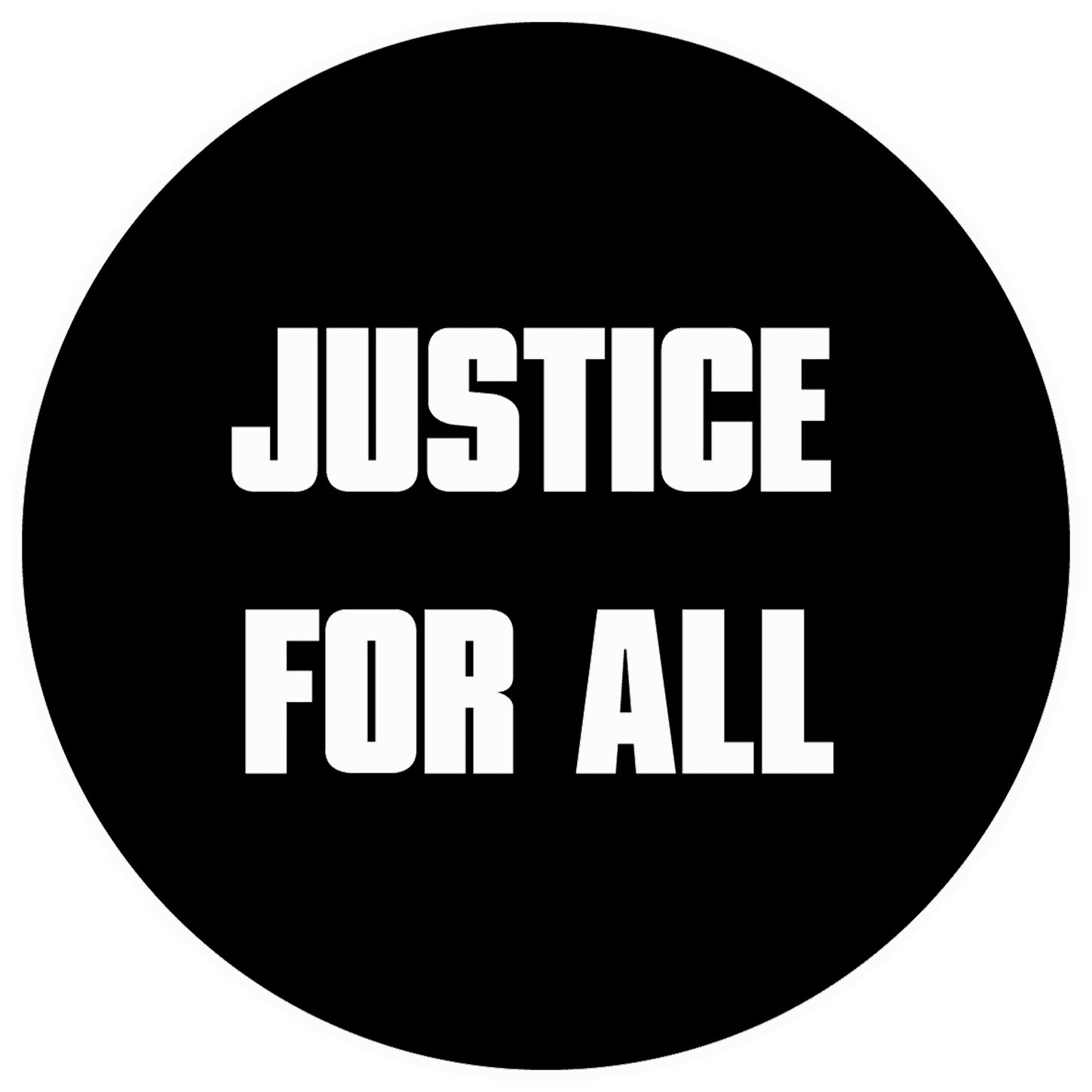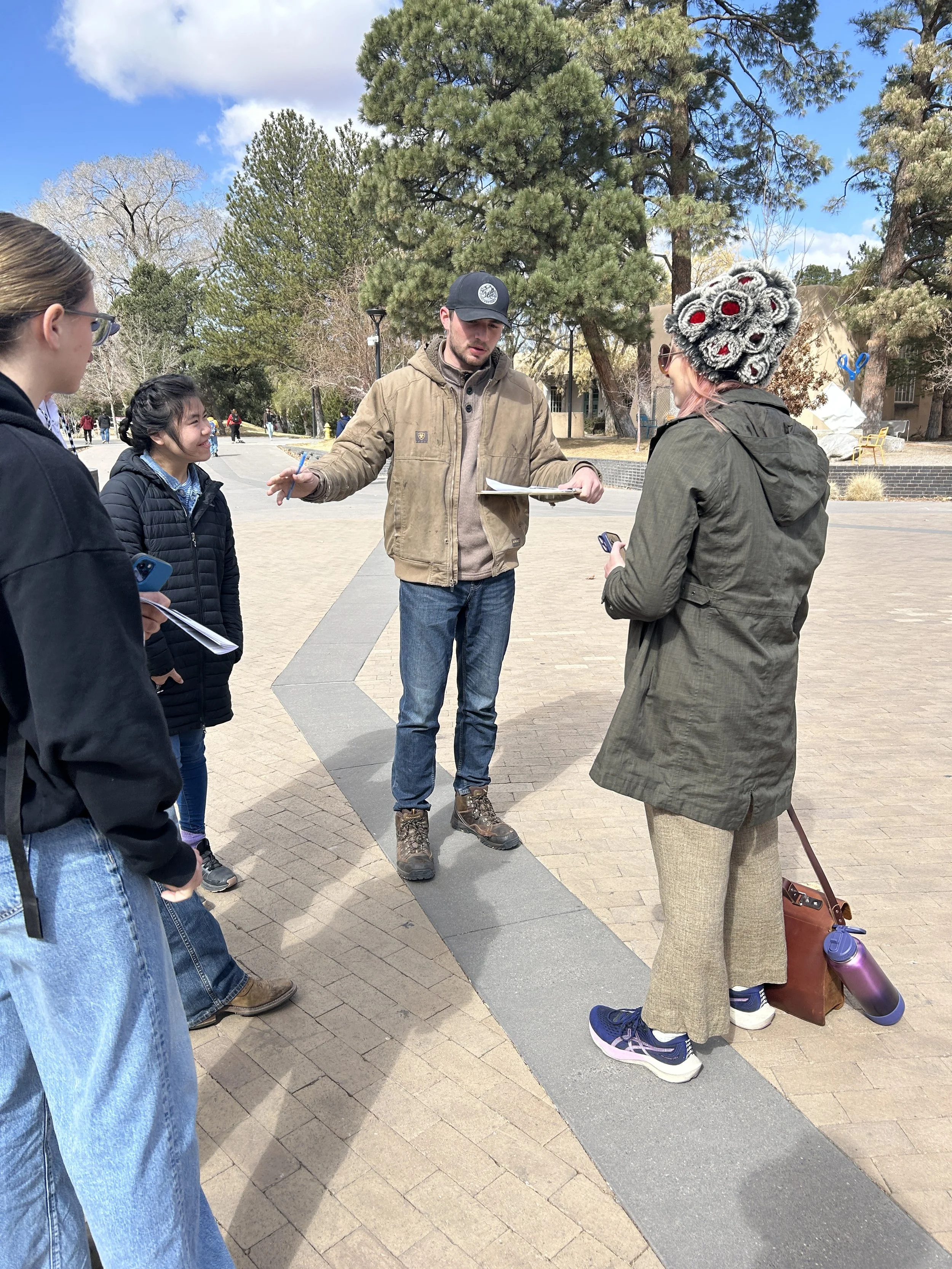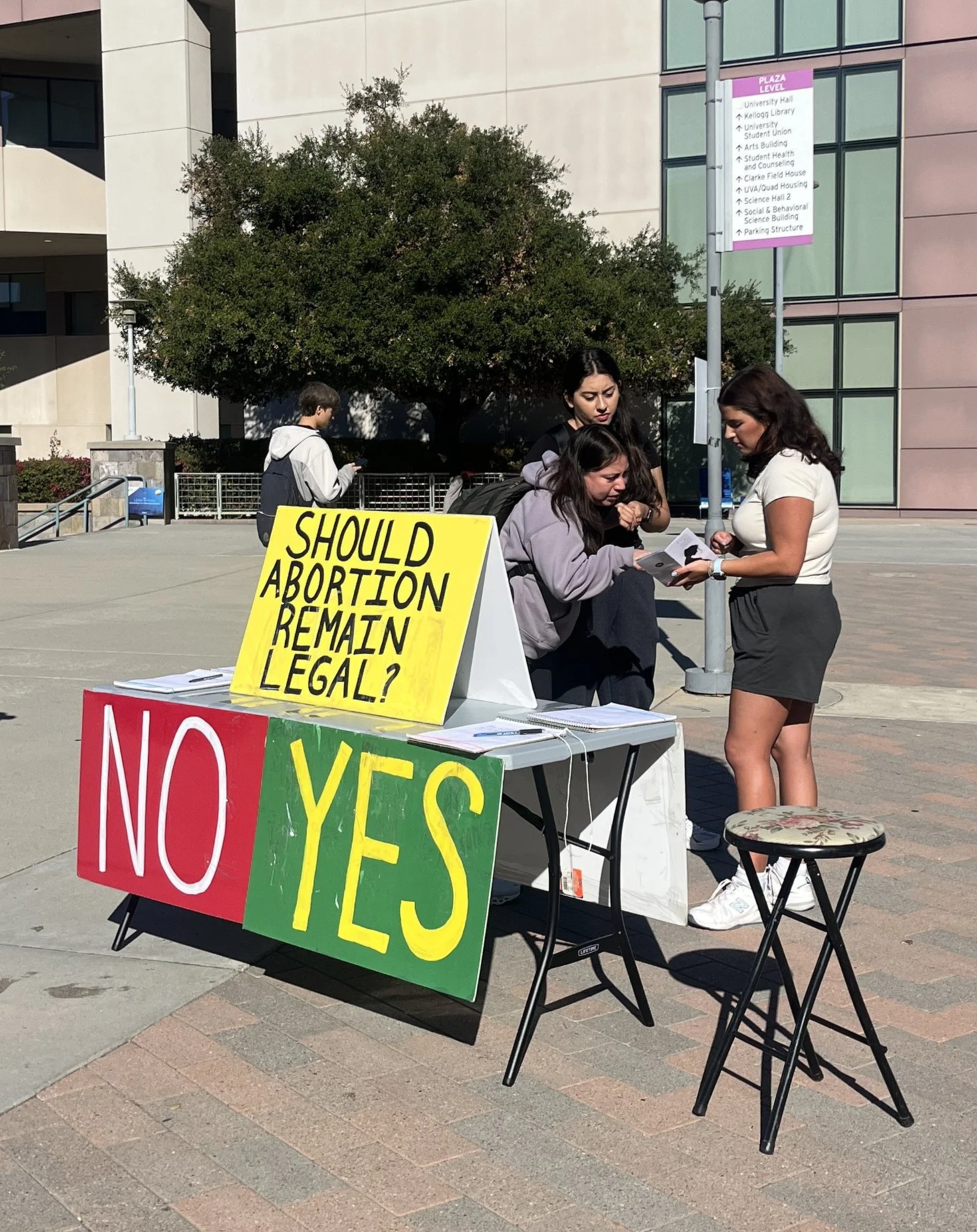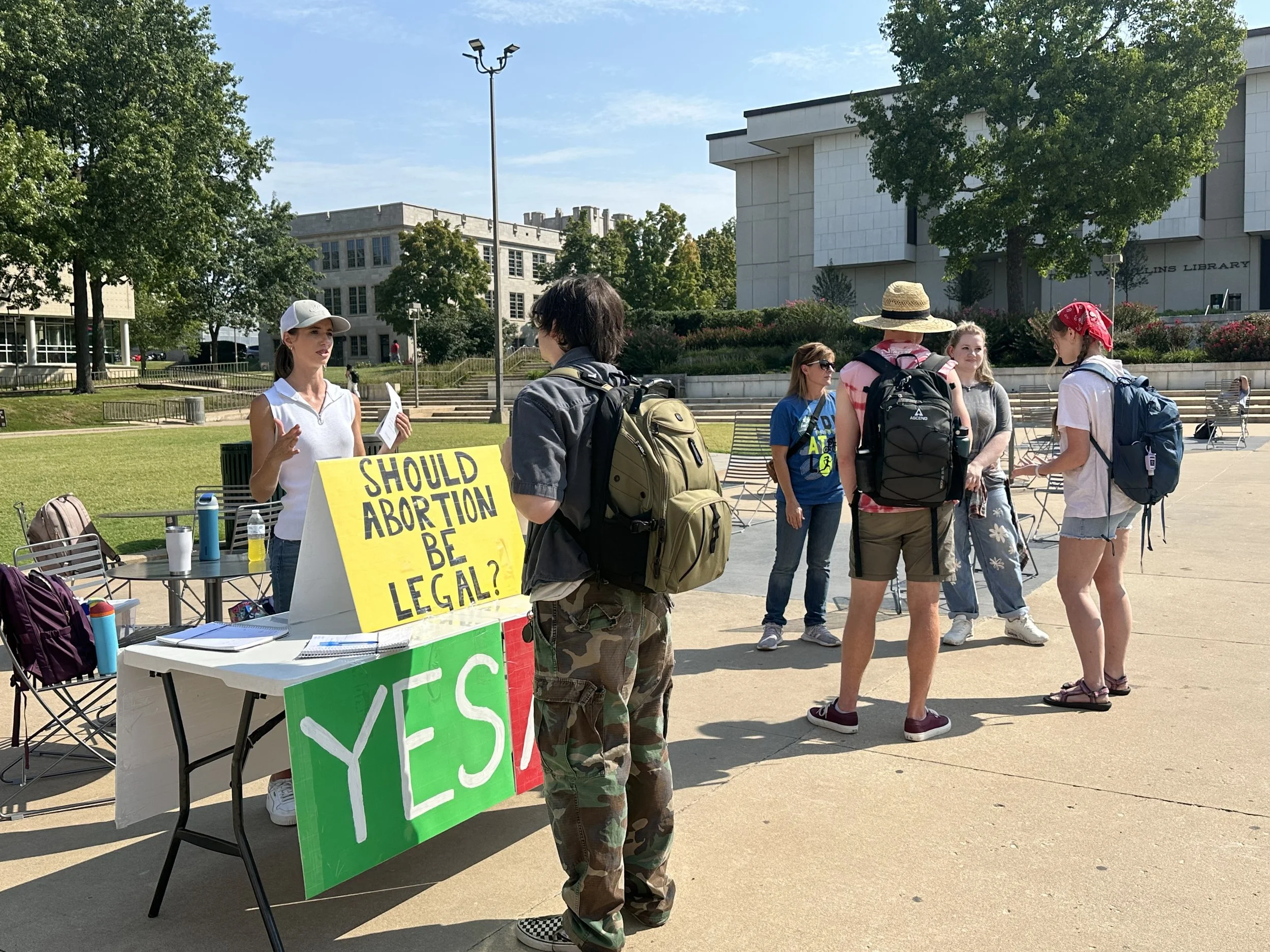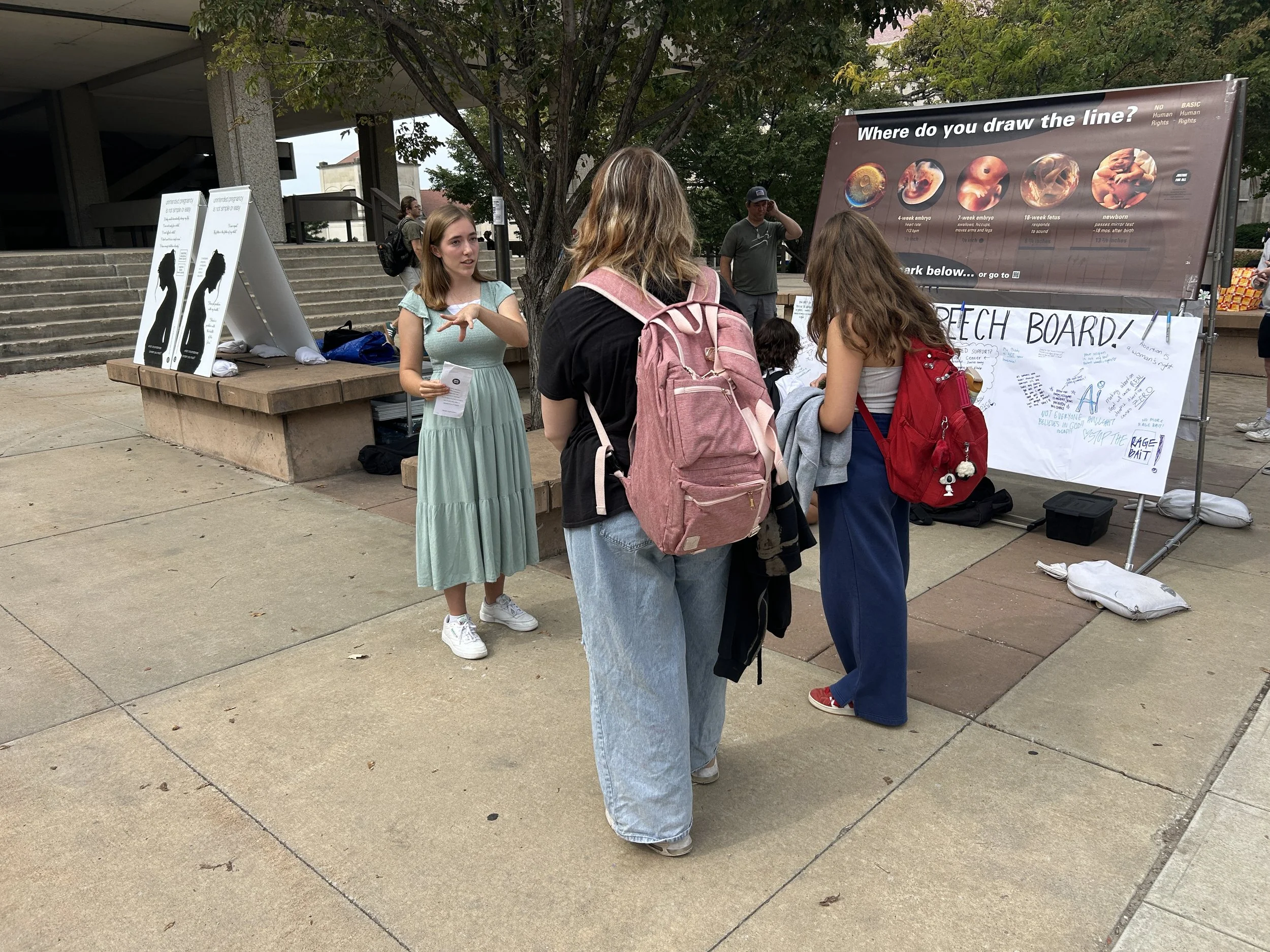Conversations: The Monthly Letter of Justice For All
Christmas 2016
Mine was a small gift, but they missed it.
One of my favorite panels from our new Art of Life Exhibit juxtaposes a classical painting of a woman holding her daughter with the words “Embracing child and career” and “better than abortion.”
At the University of Oklahoma this fall, though, one free speech board (image nearby) showed that this panel made no sense to some viewers. They pointed out, confidently, that sitting for a portrait isn’t a career, and a woman in 1786 couldn’t possibly have had a career anyway.
Comments on Free Speech Board: “In 1786 this woman did NOT have a child and a CAREER!” and, [sarcastically], “Sitting for portraits is a career?”
Panel from JFA’s Art of Life Exhibit (Image: Madame Vigée-Le Brun et Sa Fille, by Louise Élisabeth Vigée Le Brun, France, 1786; More information: Art of Life web page)
Had these students looked with just a bit more curiosity at the panel in question (image nearby), they would have found etched just next to the date of the painting in the bottom right-hand corner the only clues they needed in order to discover the point of the panel — the title of the painting and the name of the painter: Madame Vigée-Le Brun et Sa Fille [by] Louise Élisabeth Vigée Le Brun.
This translates to Mrs. Vigée-Le Brun and Her Daughter [by] Louise Élisabeth Vigée Le Brun.
Yes, indeed, there is little sense in displaying this lesser-known painting from the 18th century to illustrate the idea that a woman can embrace her child and her career, unless, of course, the woman pictured in the painting is...the painter...and the painting is her self-portrait! A quick look at the website found on the panel (www.debate2dialogue.org) reveals that Vigée Le Brun was Marie Antoinette’s chief portrait painter. Yes, at least one woman had a “bona fide career” in 1786!
I don’t recall talking to the students who wrote these comments. When I came across the photos of the free speech board later, the fact that these students missed the point of the sign made me angry, and for a moment, I wanted to mock them and point out how foolish they were. But then I caught myself. Isn’t sadness a more appropriate response? These dear people are missing out, after all.
When people outright reject or miss the point of our outreach events, our good-faith attempts to dialogue with them, the beautiful wonder of life in the womb, the truth about human rights, or any other gift we offer, it makes me sad — sad, first, that they missed the gift, and second, that I, in my weaknesses, have sometimes made it harder for them to get it.
This reflection reminds me of another gift, a gift that is not only magnitudes greater than some of the gifts I’ve just been discussing, but indeed, it’s also in a category all by itself. I’m referring to the gift of the incarnation of Jesus.
God’s gift was a great gift, but have I missed it?
This page from The Psalter of St. Louis (circa 1191-1212) alludes to two very different responses to the gift of Jesus. Above, Herod (right) talks with the magi and prepares to attempt to kill Jesus. Below, the magi bring gifts to Jesus, showing a much more appropriate sense of awe and appreciation for the gift of Jesus. (See Wiki Commons for more information about the image.)
I know I have missed it to some degree. I know, because although I respond to the gift with private awe, I don’t often respond with public acts of sharing the Savior I know. I am usually silent.
Contrast this timidity about the gift of Jesus with the confidence I feel when I am standing near the Art of Life Exhibit and have a chance to tell people about the point of this “Embracing child and career” sign. I am so taken with the sign that I can’t wait to tell people about it. I want them to experience that moment of wonder, that moment of recognition that comes when one sees that this woman is embodying the embracing of both child and career, all at once, right there in the creation of this painting. I want them to experience the beauty of the optimism of the panel, the optimism that says women don’t have to kill their children in order to actualize their abilities.
My eagerness to share the truth about Christ, on the other hand, is somehow just barely limping along, even though the incarnation was a much more wondrous embodying — the embodying of God himself. Perhaps my eagerness is suffocated by the dark skepticism and mocking spirit of the culture. To be sure, I also fear that the gift will simply be rejected. Is this the appropriate thankful response to God’s gift — a private hoarding and a repetitive withholding of the truth from others? The troubling answer is a confident, “No.”
So, let’s resolve, shall we, to share our experience of this beautiful miracle of the incarnation of Christ — his taking on human nature that he might ultimately redeem us through his death and resurrection. Let’s resolve to share this news more publicly, even if only in small moments with strangers or friends, when we have the choice clearly set before us: Do I now allow this moment to be mundane, or do I transform it by just saying something, taking the chance that this person will join me in a moment of recognition and wonder?
Let’s resolve not to wait, then, for only those few people we’re confident will appreciate Jesus. And let’s resolve also to strengthen our confidence in the greatness of the gift of Jesus through study, reflection, and prayer, so that we may speak more boldly. I have a hunch, though, that trusting God by going through the motion of “speaking forth the mystery of Christ” (Colossians 4:3) might itself do the work of strengthening our confidence to continue to speak.
When I think about how God is patient with me in my reluctance to share all I know of his marvelous gift to me, I’m thankful for his mercy and forbearance. Perhaps I’m just as clueless as the students who mocked the Art of Life sign. Perhaps more. Yet, God is patient with me, a seeker who longs to appreciate his great gifts with the response they deserve. If God is patient with me, clueless in the face of his great gift, how much more can I be patient with those whom God has called me to engage in conversation, especially when they reject the gift I am offering them?
In awe of God’s great Christmas gift,
Steve Wagner
Executive Director,
Justice For All
